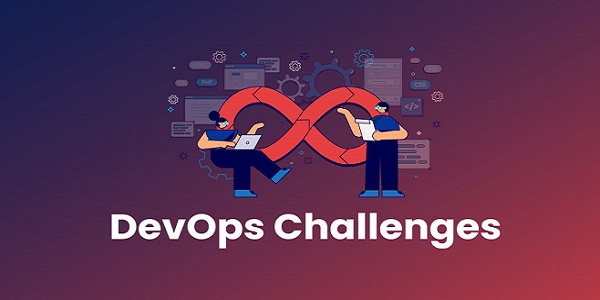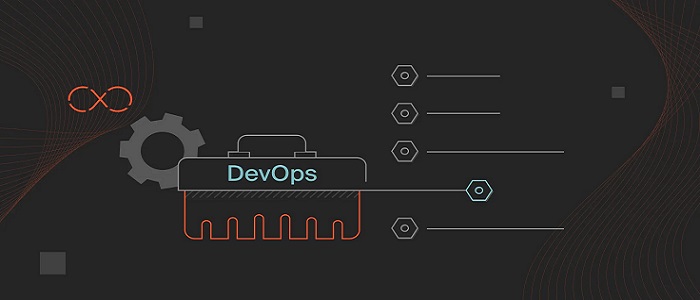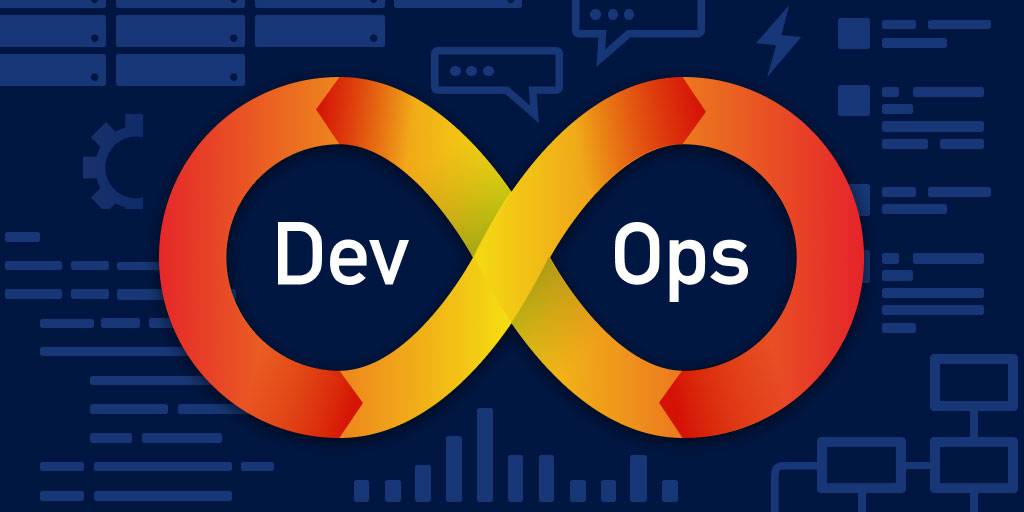Overview: Cross-Cloud DevOps Techniques
Pipelines for continuous integration and deployment, or CI/CD, are made to function consistently across various cloud platforms, guaranteeing scalability and performance. Strong protection is maintained across clouds by security measures including unified monitoring and zero-trust architecture. By dispersing workloads across platforms, Cross-Cloud DevOps increases resilience and guarantees continuity in the event of disruptions.
Applications may be deployed and managed across several cloud consulting services provider with ease thanks to cross-cloud DevOps techniques. By utilizing technologies like Terraform for infrastructure as code (IaC) and Kubernetes for container orchestration, these tactics prioritize cloud-agnostic designs. To minimize vendor lock-in, optimize expenses, and improve resilience, these tactics place a high priority on automation, standardization, and interoperability.
This enables enterprises to adjust to changing needs while preserving operational effectiveness in hybrid and multi-cloud settings. By making it possible to access top-notch resources and services from many suppliers, it also fosters creativity.
What is Cross-Cloud DevOps?
The term Cross-Cloud DevOps refers to the seamless execution of applications and management of workloads across several cloud service providers (CSPs). The term “cross-cloud” originated with the advent of multi-cloud technology. The emergence of multi-cloud techniques gave rise to the concept of “cross-cloud.”
To handle different cloud computing requirements, this approach combines public, private, and edge clouds with on-site infrastructure. Standardizing activities across several cloud providers is the primary objective of cross-cloud. Whether employing cloud services or their on-premises resources, it enables enterprises to handle apps, infrastructure, administration, security, and access in a uniform manner.
Key Benefits of Cross-Cloud DevOps Strategies
By using the assets of many cloud providers, organizations may increase resilience, prevent disruptions, and acquire best-in-class technology. The DevOps solutions provide unparalleled flexibility, allowing businesses to deploy workloads on the best platforms. It reduce vendor lock-in issues, and optimize costs by providing a range of pricing options. Better performance, agility, and scalability are guaranteed with cross-cloud DevOps strategy.
1) Decreased Vendor Lock-In
By using a range of cloud providers, businesses may lower the risks that come with being overly dependent on one vendor.
2) Cost Optimization
The cost structures of various cloud systems differ. Cross-cloud tactics reduce wasteful spending by enabling businesses to select affordable solutions for particular workloads.
3) Improved Resilience
By dividing up workloads over several clouds, a cross-cloud strategy boosts resiliency. This guarantees that the entire operation won’t be disrupted by service interruptions or provider breakdowns.
4) Access to Best-in-Class Tools
Each cloud provider provides distinct services that are suited to particular use cases. By allowing teams to employ the finest tools from several providers, cross-cloud methods improve functionality and performance.
5) Flexibility and Agility
Cross-cloud methods provide flexibility by enabling enterprises to deploy apps across the most appropriate cloud environments. To ensure best resource use, a company may, for example, employ Azure data lake analytics and AWS for compute-intensive operations.
Challenges of Implementing Cross-Cloud DevOps
Because of Cross-Cloud DevOps involve a variety of tools, APIs, and workflows, they add operational complexity. Because every cloud provider has different policies and procedures, security and compliance become difficult.

Connecting several cloud services presents integration challenges, as advancement is impeded by DevOps and cloud specialist shortages. Furthermore, sophisticated tools and procedures are needed to achieve consistent monitoring and observability across settings.
1. Complexity
Operational complexity is introduced by managing infrastructure and apps across several clouds. Teams have to manage several tools, procedures, and APIs, which makes governance and troubleshooting more difficult.
2. Security and Compliance
Every cloud provider has different compliance rules, data residency restrictions, and security processes. It is essential yet challenging to provide uniform security measures across different contexts.
3. Integration Issues
Compatibility problems may arise when integrating tools and services from several sources. To improve efficiency, teams require unified tools or reliable middleware.
4. Skill Gaps
Proficiency with DevOps tools and processes, together with knowledge of various cloud platforms, are prerequisites for cross-cloud DevOps. Companies frequently struggle to find qualified personnel to oversee these kinds of settings.
5. Monitoring and Observability
It might be difficult to have end-to-end visibility over many clouds. Performance bottlenecks are more difficult to locate and fix when monitoring tools and measurements are inconsistent.
Emerging Trends in Cross-Cloud DevOps
The future of cross-cloud dev operations is being shaped by innovative developments. In multi-cloud setups, AI-driven operations (AIOps) improve automation, maximizing performance and simplifying troubleshooting. Teams can concentrate on innovation without worrying about infrastructure management thanks to serverless architectures like AWS Lambda and Azure Functions.
For smooth operations, the emergence of edge computing combines centralized cloud platforms with low-latency services. Furthermore, deployment and monitoring are becoming easier thanks to multi-cloud management solutions like Google Anthos and VMware Tanzu. Businesses are using cross-cloud strategies differently as a result of these advancements, which make them more efficient, scalable, and adaptable to changing business needs.
- AI-Driven Operations: In multi-cloud environments, AIOps are being utilized more and more to automate optimization, monitoring, and troubleshooting.
- Serverless Architectures: Teams may concentrate on application logic since serverless computing lowers operational overhead. Serverless solutions like AWS Lambda, Azure Functions, and Google Cloud Functions are being used by cross-cloud DevOps teams.
- Multi-Cloud Management Platforms: Platforms that provide unified management functionality, such as VMware Tanzu, Google Anthos, and Microsoft Azure Arc, facilitate cross-cloud operations.
Real-World Use Cases of Cross-Cloud DevOps
Innovative uses of cross-cloud DevOps are transforming whole sectors. Businesses ensure operational continuity by implementing disaster recovery by hosting failover systems among providers. Businesses use AWS’s real-time streaming capabilities in conjunction with Google Cloud’s BigQuery for extensive analysis in data analytics. Global businesses use regional cloud data centers to deploy low-latency, geo-distributed systems.

Furthermore, certain clouds are used for processing jobs while others are used to satisfy data residency needs in compliance-driven industries like healthcare and finance. This approach demonstrates the enormous potential of cross-cloud DevOps in contemporary technology ecosystems by enabling improved performance, flexibility, and conformity to regulatory requirements.
1) Disaster Recovery and Failover
Cross-cloud techniques are used by organizations to accomplish disaster recovery. To ensure minimum downtime during disruptions, important applications running on AWS, for instance, might have backup instances on Azure.
2) Data Processing and Analytics
A media organization may combine the advantages of both systems by using AWS for real-time data streaming and Google Cloud’s BigQuery for analytics.
3) Geo-Distributed Deployments
Through the usage of regional data centers from several cloud providers, cross-cloud strategies allow multinational corporations to deploy apps closer to their consumers, lowering latency and enhancing user experience.
4) Compliance and Data Residency
Cross-cloud solutions make sure sensitive data stays in certain countries while utilizing other clouds for computing needs, which is important for sectors like healthcare and finance that have stringent compliance standards.
Best Practices for Cross-Cloud DevOps Strategies
Organizations should emphasize a single toolchain, utilizing technologies like Kubernetes and Terraform for consistency, to optimize the advantages of cross-cloud DevOps. To standardize and automate deployments across environments, use Infrastructure as Code (IaC). Stress security by using technologies like AWS Security Hub and HashiCorp Vault to enforce policies. To achieve uniform observability, use centralized monitoring tools such as Datadog.
Embrace a cloud-agnostic strategy to preserve scalability and flexibility while preparing teams to address the challenges of multi-cloud administration. Error risk is decreased and smooth cross-cloud operations are ensured by automation, containerization, and training program expenditure.
1. Implement Infrastructure as Code (IaC)
IaC gives teams the ability to build and manage infrastructure using code, ensuring consistency across cloud environments. Tools like Terraform, Pulumi, and AWS CloudFormation facilitate the deployment and scaling.
2. Adopt a Cloud-Agnostic Approach
Whenever feasible, create apps and processes that are cloud-agnostic. To make migrating and scalability easier, choose frameworks and technologies that aren’t directly related to one cloud provider.
3. Focus on Security and Compliance
Create a thorough security plan that applies to all cloud settings. To monitor and enforce policies, use solutions such as Azure Security Center, AWS Security Hub, or HashiCorp Vault for secrets management.
4. Invest in Automation
Automation speeds up delivery and lowers human error in repeated processes like provisioning, testing, and deployment. Configurations in a variety of contexts may be automated with tools like Ansible, Chef, and Puppet.
5. Enhance Monitoring and Observability
Application performance across several clouds may be seen with centralized monitoring tools like Prometheus, Grafana, or Datadog. To identify and resolve problems early on, make sure metrics, logs, and traces are all in sync.
Conclusion
To make the most of Cross-Cloud DevOps and ensure your infrastructure is ready for the future, it’s crucial to hire DevOps engineers who specialize in managing multi-cloud environments. The way companies develop, implement, and maintain apps is being completely transformed by DevOps techniques. By utilizing the advantages of various cloud platforms, businesses may increase their adaptability, durability, and productivity.
However, complexity, security, and skill-related issues must be resolved for implementation to be effective. Businesses may fully utilize cross-cloud DevOps to spur innovation and expansion in a world that is becoming more and more cloud-centric by implementing best practices and keeping up with new trends.
Read more:



